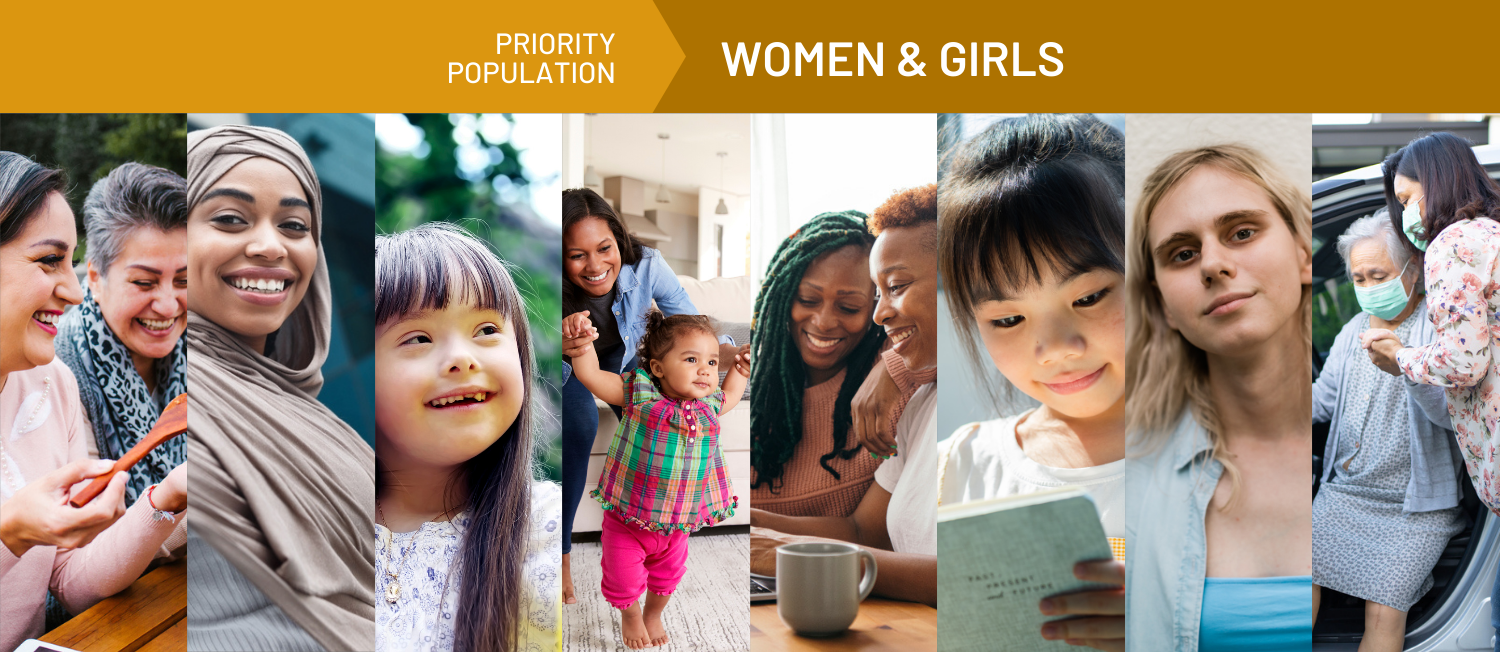Autism
Autism, also known as the Autism Spectrum, Autism Spectrum Disorder (ASD), and Autism Spectrum Condition (ASC), is a condition related to brain development that impacts a person’s perception of others, social interactions, communication, behavior patterns, and sensory experiences. Autism is referred to as a spectrum because of the wide range of symptoms and symptom severity that make up each individuals’ presentation of autism. Autistic people commonly experience co-occurring mental health conditions, such as anxiety, depression, gender dysphoria, and Obsessive Compulsive Disorder.
Today in the U.S., 5.4 million adults and as many as 1 in 44 children are autistic. This apparently large increase from 1 in 150 children diagnosed with autism in 2000 is often sensationalized as an “autism epidemic.” The autism community, however, points to rising awareness of the condition and improved systems for identifying autistic children as key factors driving the growing percentage of autism diagnoses. As more autistic people have become vocal self-advocates, the dialogue has shifted from parent-led initiatives seeking to eliminate autism to autistic-led campaigns for acceptance, inclusion, equity, and autonomy. Autistic people, who are juggling this public dialogue shift while advocating for better care and improved accessibility, need the allyship of public health professionals who often work directly with these systems that impact every aspect of their lives.
Like many forms of diversity, the autistic community has endured a long history of misunderstanding and discrimination. For a period of time, so little was known about autism that it was considered a form of schizophrenia. As more became known about the condition, it was eventually categorized into five distinct diagnoses (Asperger's, Autistic Disorder, Pervasive Development Disorder, Rhet Syndrome, and Childhood Disintegrative Disorder), before finally being recognized as the Autism Spectrum in 2013.
Due largely to this lack of understanding, autistic people throughout history have been mistreated, abused, denied proper care, and robbed of human and civil rights. Autistic people who are women or femmes, Black, Indigenous, People of Color, LGBTQ+, experiencing poverty, and/or living with other co-occurring disabilities, have historically been subject to the most significant disparities and mistreatment. One of the most impacted groups, 42-69% of autistic individuals identify as LGBTQ+, and must also navigate what is often referred to as the double minority effect.
Today, many of these historical inequities persist for the autistic community, both in seeking care and in experiencing discrimination throughout society. From hate groups devoted to “erasing autism” to increased dangers of police violence and problematic diagnostic criteria, there is an immense amount of work required to achieve equity and justice for autistic people.
Intersecting marginalizations, such as race, gender, and orientation, increase potential violence and decrease potential care even further. Black children, for example, are half as likely as white children to be assessed for autism by age 3. Similarly, girls make up less than 20% of childhood autism diagnoses, despite extensive evidence that autism presents differently in girls and that the diagnostic criteria need to be updated to reflect this. Autistic people are more likely to experience abuse than non-autistic people, and autistic women and femme people are also 3 times more likely to experience sexual abuse.
Increased public acceptance and accessible care are two key ways to advance health and well-being for people on the spectrum. Other systemic factors—such as violence prevention, asset-based treatment, improved diagnostic criteria, and racial equity in assessment and treatment—must also be addressed. First and foremost, achieving equitable well-being for autistic people requires centering and listening to autistic people—even above family members’ perspectives. At scale, we must shift public focus away from initiatives seeking a “cure” for autism to initiatives lifting up the perspectives, strengths, and the inherent value of autistic people. We can start this process by following and supporting autistic individuals and autistic-run organizations.
Resources & Tools
Reframing Neurocognitive Differences: What the Neurodiversity Movement Means for Public Health and Equity
Story
-
 Original
Original
Brought to you by Community Commons
Association of Autistic Traits in Adulthood With Childhood Abuse, Interpersonal Victimization, and Posttraumatic Stress
Resource - Journal Article
Brought to you by NLM
Childhood Neurodevelopmental Disorders and Risk of Coercive Sexual Victimization in Childhood and Adolescence – A Population-Based Prospective Twin Study
Resource - Journal Article
Brought to you by John Wiley & Sons, Inc.
Neurodiversity and Gender-Diverse Youth: An Affirming Approach to Care 2020
Resource - Guide/handbook
Gender Variance Among Youth with Autism Spectrum Disorders: A Retrospective Chart Review
Resource - Journal Article
Forced Sterilization of Disabled People in the United States
Resource - Report
Brought to you by National Women's Law Center
Autism Spectrum Disorders in Gender Dysphoric Children and Adolescents
Resource - Journal Article
Brought to you by Springer
Disability Rights and Heritable Genome Editing: Resources for Teaching and Learning
Resource - Data Bank/repository
Improving Accessibility and Digital Inclusion for Those With Physical Disabilities
Resource - Guide/handbook
Disability, Neurodiversity: How Can Digital Technology Become More Inclusive?
Resource - Data Bank/repository
LGBTQ + and Autism Spectrum Disorder: Experiences and Challenges
Resource - Journal Article
Brought to you by Taylor & Francis
Barriers to Autism Spectrum Disorder Diagnosis for Young Women and Girls: A Systematic Review
Resource - Journal Article
Telemental Health Provides Opportunity to Improve Population Mental Health
Story
-
 Original
Original
Brought to you by Community Commons
Related Topics








































